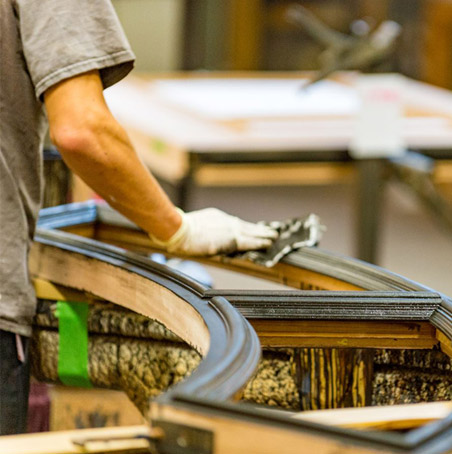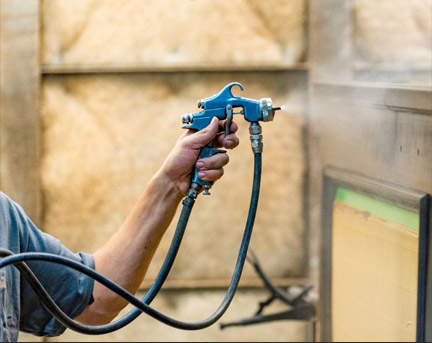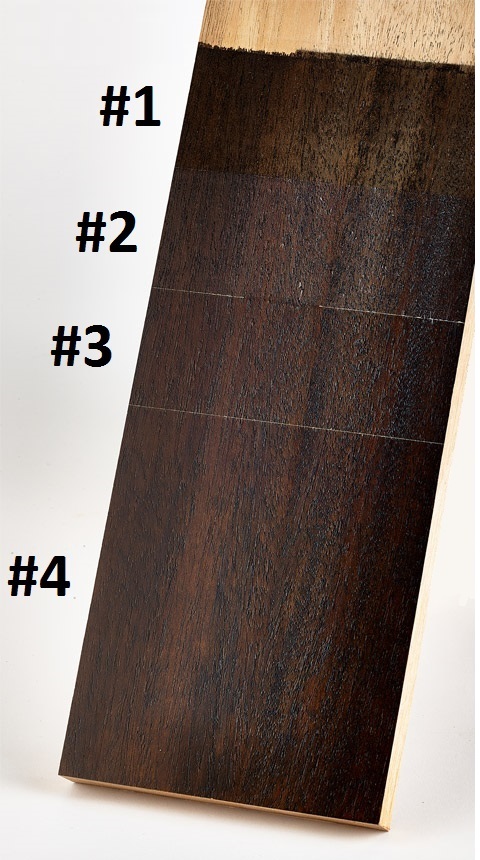The impregnators are key to protecting wood since they create a protective barrier against fungi, molds, and parasites.
Color-enhancing impregnators give wood the desired shade and protect it from UV rays and atmospheric agents such as rain, frost, and pollution.


When applied after the impregnator in the coating cycle, the sealer extends the life of the wood and improves top-coat adhesion and resistance.
The sealer uniformly fills pores in the wood so the coat has no bumps or cracks. Sealer is easy to sand and effectively fills pores to give your wood a beautiful finish. The insulation prevents migration of tannins.
As the final layer, the top coat will come into direct contact with everything in its environment, from particles in the air to chemicals in cleaning agents. That’s why it has to be highly water resistant—it plays a key role in controlling how much moisture moves between the wood and the air around it.
Top coats are made with filters and pigments designed to combat harmful UV rays. They can be applied horizontally or vertically depending on the coating cycle, and can be applied directly to the impregnator or sealer. Top coats can be applied to coniferous or broadleaf wood. Products specifically formulated for top coats will keep the wood looking great for years to come.

Our weather-resistant, high-elasticity, quick-drying products are CATAS certified (Quality Award - Coating System for Exterior Wood Plus).
CATAS Quality Award Plus certification is granted after rigorous tests and checks (including European Standard EN 927) to ensure the maximum resistance of products over time, both for pigmented and clear coatings.